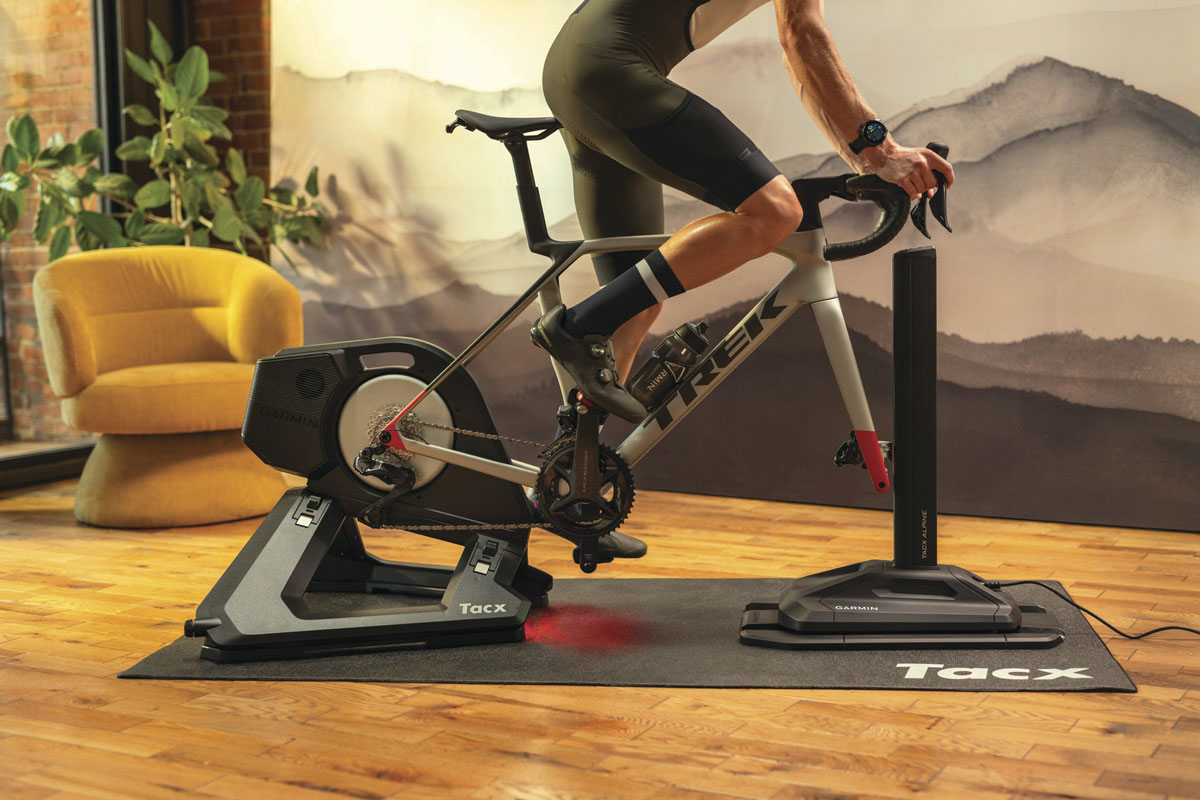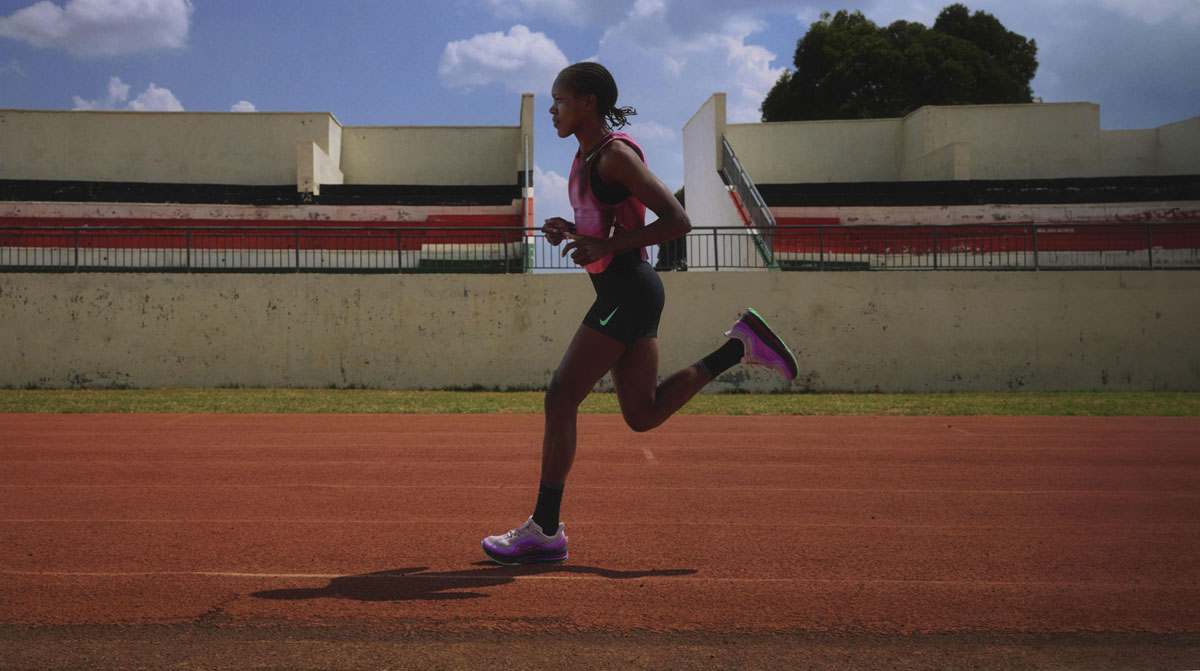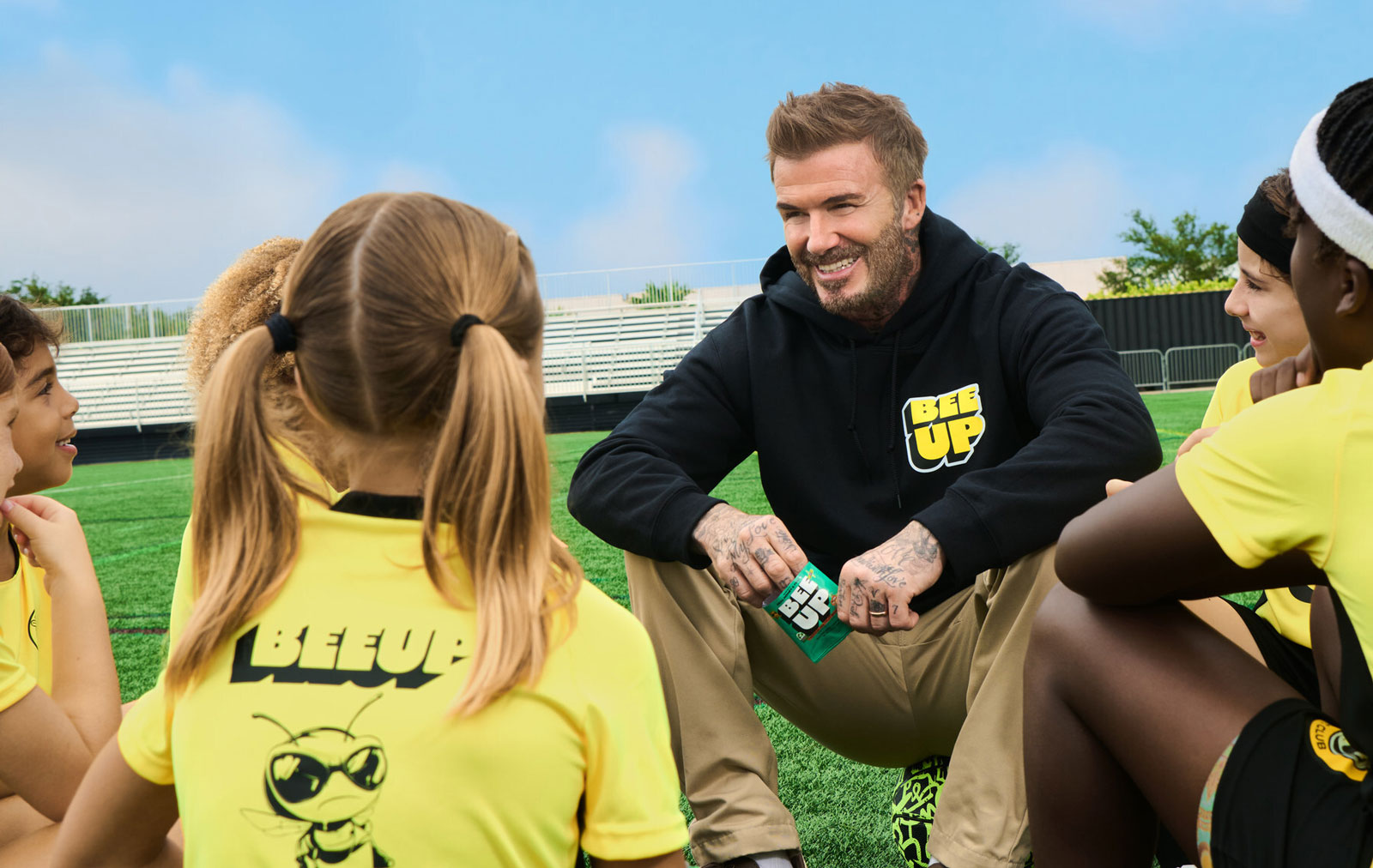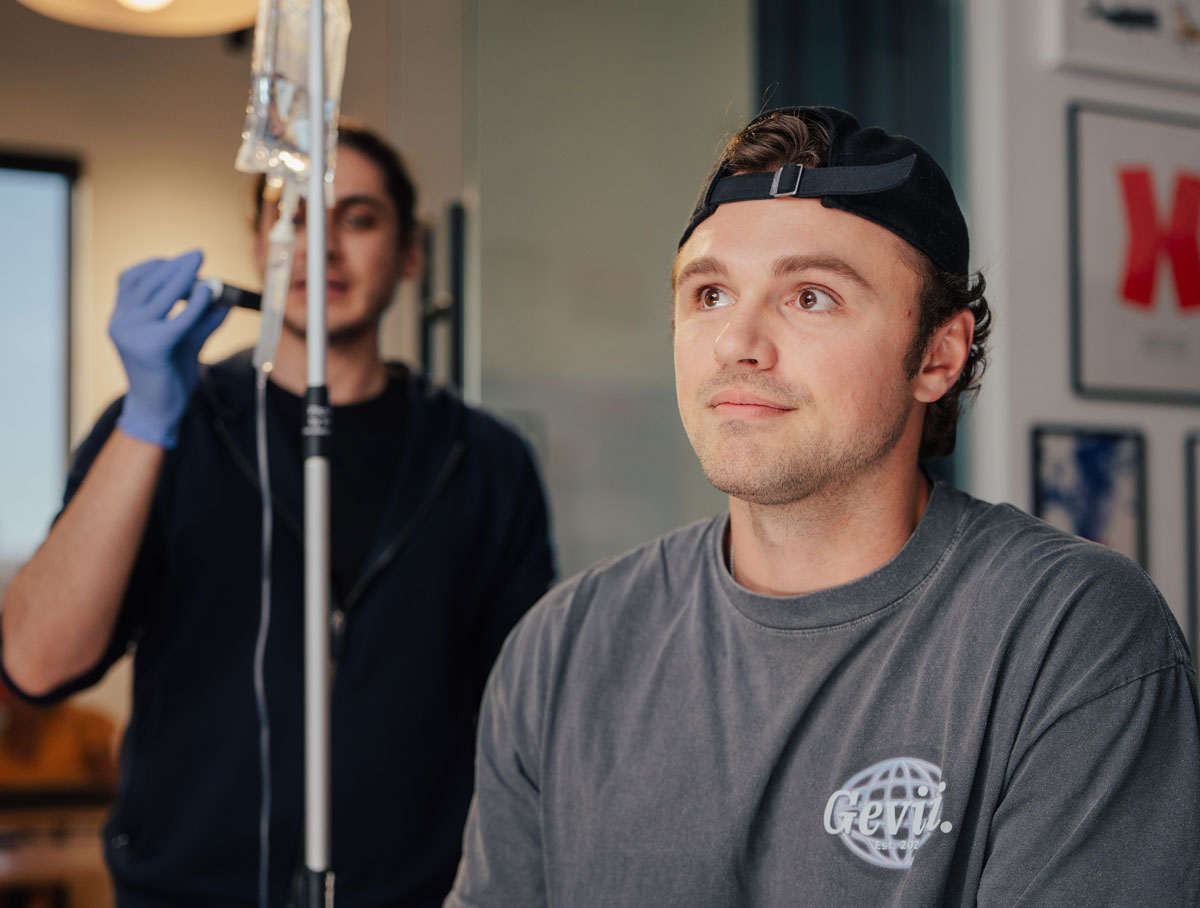What is functional strength training? Fitness experts explain
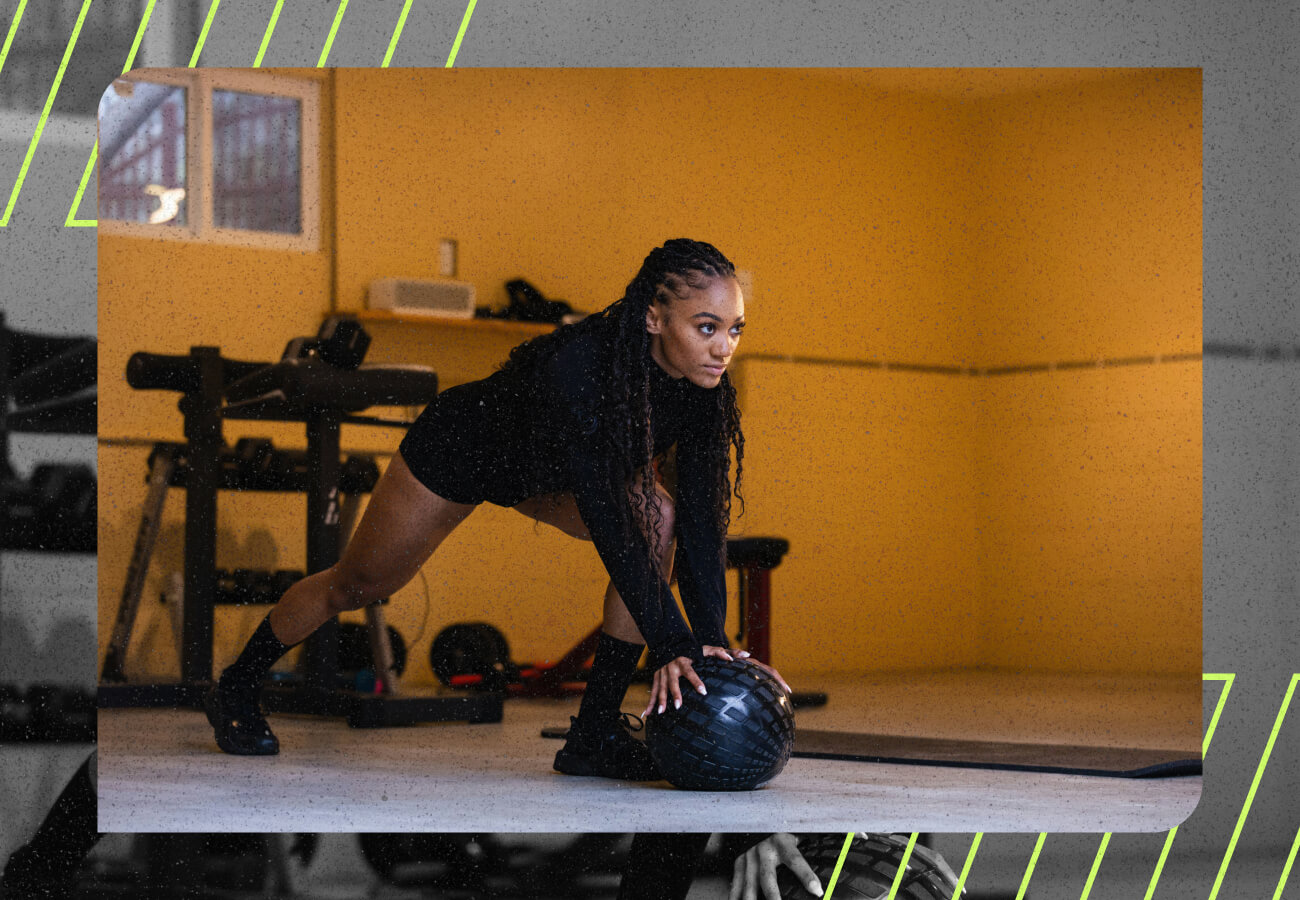
Reps at the gym may give you the bulk or tone you’re looking for, but hitting it hard with static weights won’t necessarily improve your athletic performance—or do much for your real-life physical demands. While there’s a lot to gain by pushing your body with tried and true weight training methods, optimizing your routine to crush your athletic goals and feel more capable in your daily activities takes a little more finesse.
Enter functional strength training.
Functional training closely mimics movements you would make in your daily life, giving you an edge on simple tasks (like carrying groceries or picking up your three-year-old). At the same time, athletes can leverage functional training methods to enhance their overall performance and prevent injury.
Read on for a closer look at how functional training works, how it differs from traditional strength training, and some pro tips from fitness experts.
What is functional strength training?
As the name suggests, functional strength training not only helps you get stronger, but it allows you to function more optimally in your daily life.
Matt Gallant, a kinesiologist with a degree in the Science Of Physical Activity and the CEO/Co-Founder of BIOptimizers, explains, “Functional weight training is a term used to describe exercises that have more utility and value for everyday living.”
With functional training, instead of focusing on one or two muscle groups, you’re activating an entire chain of muscles that allow you to move optimally and in ways that you would in your everyday life.
Functional training originated from a desire to move away from cookie-cutter training programs and create a more intentional strategy for athletes to improve overall performance.
As Jace Derwin, Head of Performance Training at Volt Athletics, points out, “Rather than blindly choosing exercises that fit within a paradigm outside the sport context, Functional Training encourages a principled approach to the how, why, and what of an exercise program.”
By addressing the dynamic nature of sports, functional training prepares you for the unpredictable movements and muscle activations that are often the cause of injury.
“Sports are dynamic in nature and are often chaotic and reactionary to the flow of the game. Athletes often use their entire body and have to apply force in means that are explosive and unpredictable. These demands are often unaddressed within traditional training methods,” adds Derwin.
Functional vs. traditional strength training
Traditional strength training typically involves working specific muscles or muscle groups. As you isolate individual muscles, you optimize their strength and function, but it won’t necessarily improve overall physical performance.
“All weight training has some functional benefits. However, if you’re trying to get better at a sport or activity, it can make a lot of sense to incorporate exercises that can improve your performance,” advises Gallant.
Functional training, on the other hand, works an entire muscle chain, allowing you to improve your strength while also enhancing your ability to act, react, and carry out more complex movements. This translates to everyday activities, like getting up from a seated position to more athletic movements, like quickly pivoting your body.
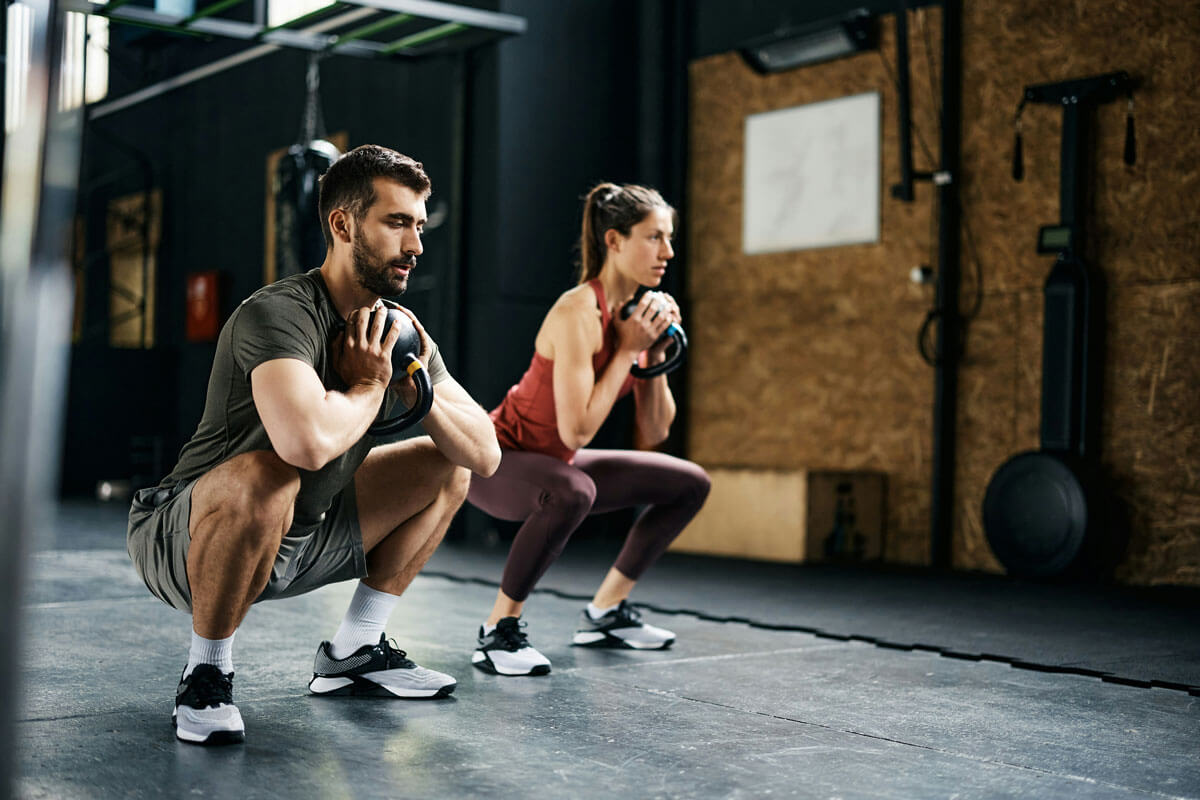
“Functional training is a sport-general training approach, one where the common actions of sprinting, jumping, acceleration, and change of direction are reinforced and developed through specific exercise selection, technical execution, and a progression of variables associated to speed and power,” adds Derwin.
Benefits of functional strength training
Daily life activities
Athlete or not, one of the most impactful ways functional training can benefit you is by making it easier to carry out everyday activities.
Since many functional training exercises mimic actions that we take in everyday life, you’ll find that simple movements become easier and less straining on your body. This could be anything from standing up from a seated position to carrying a heavy bag of groceries.
Improved balance and coordination
Functional training is anything but static, which means that it requires you to balance your body while engaging in specific movements. Standing on one leg, lateral side steps, and lunges are just a few ways that functional training may test your balancing skills.
By narrowing your base of support (ex/standing on one leg) or engaging in irregular movements (backward lunge), you push your body and brain to find balance and postural control, which, over time, can lead to improved body awareness and ability to maintain equilibrium.
This balance and coordination can carry over into everyday activities, as well as improving athletic performance.
Core strength
Unlike some types of strength training, almost all functional exercises require core activation. With a strong core, your posture will automatically improve, which will show up as improved balance and coordination.
Regardless of your sport or preferred activity, having a strong core is crucial for optimal performance and injury prevention.
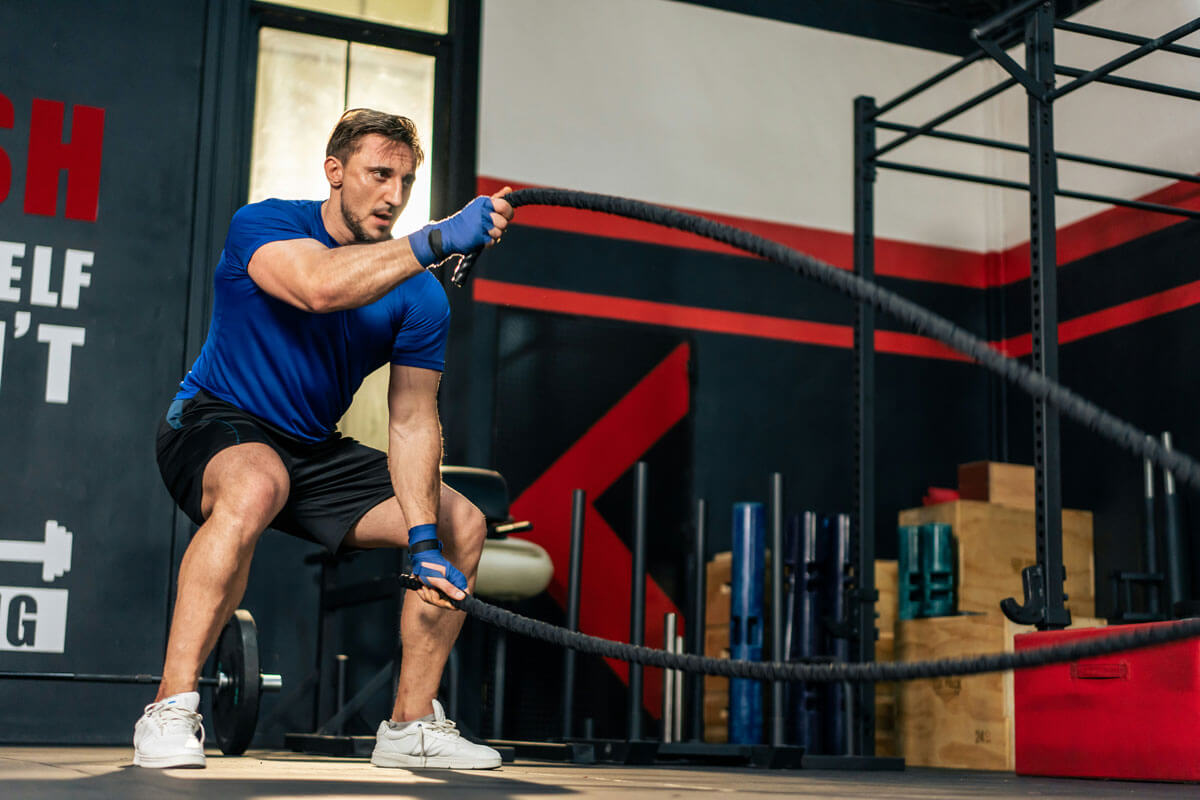
Mobility
Maintaining mobility is vital for staying active and avoiding injury, as it enhances range of motion and keeps movements fluid. While there are plenty of ways to stretch and strengthen muscles, improving mobility is a specific art as it requires intentional movement of joints.
Most functional movements include some form of mobility at their core, but there are specific activities such as hip or shoulder CARS (Controlled Articular Rotations) and thoracic T rotations, which provide even more dialed-in mobility benefits.
Injury prevention
Due to functional training’s dynamic nature, these types of exercises can help balance out weak areas in your joints or muscles, improving overall stability. Functional training addresses areas of your body that you may not hone in on for your specific sport, which may become weaker and less efficient over time. By activating a wide range of muscle groups along the chain, you ensure that your entire body is moving together optimally.
Balance and coordination come into play here as well, as they’re critical for athletic movements and can also play a significant role in injury prevention in athletes and older individuals.
That said, all types of resistance training will help you get stronger and build more muscle. As long as your activities are tailored to your ultimate goal, the type of training you choose won’t matter quite as much.
“I think the value comes from doing more ‘sports specific’ weight training exercises that can boost performance in that sport. One of the axioms of fitness is ‘Your body becomes its function.’ If you’re trying to get better at throwing a baseball, then doing exercises that can strengthen that chain of muscles can improve performance and minimize sports injuries,” explains Gallant.
Functional exercises
Bending, lunging, squatting, jumping—these are all forms of functional movement, but what type is right for you?
“Functional training is a broad term but it is still bound by the demand of context. One athlete’s needs may be exclusive to another, leading to mild to moderate differences in what exercises would be more or less beneficial,” says Derwin
When determining which functional training exercises are best for you, you first need to ask yourself what your goals are. Once you know what you’re trying to optimize for, you’ll have a clearer understanding of how functional training can help.
Gallant recommends asking yourself the following questions to determine if your training is functional towards your goals:
- Does this exercise provide the right stimulus for my desired changes in speed, strength, power, endurance, etc.?
- Does the risk of injury outweigh the reward?
- How does this exercise support my on-field performance?
- Does this exercise minimize my risk of injury?
- Does this exercise target the energy system I need for competition?
- Is this an exercise I can use to measure progress?
Incorporating functional strength training into your routine
Once you’ve assessed your goals and determined what type of functional training will help you meet them, it’s time to start building your routine to incorporate functional movements.
“Approaching your goal with a non-dogmatic approach and finding what methods work the best for your environment, skill level, and time frame allows for the most ‘functional’ benefits to be derived from your training,” says Derwin.
The good news is that you can easily incorporate functional strength training into your current exercise routine. As Derwin explains:
“It should be noted that the term functional training does not exclude methods like powerlifting, Olympic weightlifting, or bodybuilding. In many cases, powerlifting and Olympic weightlifting offer functional benefits that support aspects of athletic performance.”
The same goes for any other form of movement that you enjoy. The key is to sprinkle in functional training exercises to round out your routine and optimize your end goals.
For example, if you enjoy lifting at the gym, try using that barbell for some dead lifts, which will activate more muscles in your lower body. Or get on the floor to do a few push-ups between your sets to give your core some activation as well. There’s also plenty of functional movements you can do with dumbbells or kettlebells to keep things interesting.
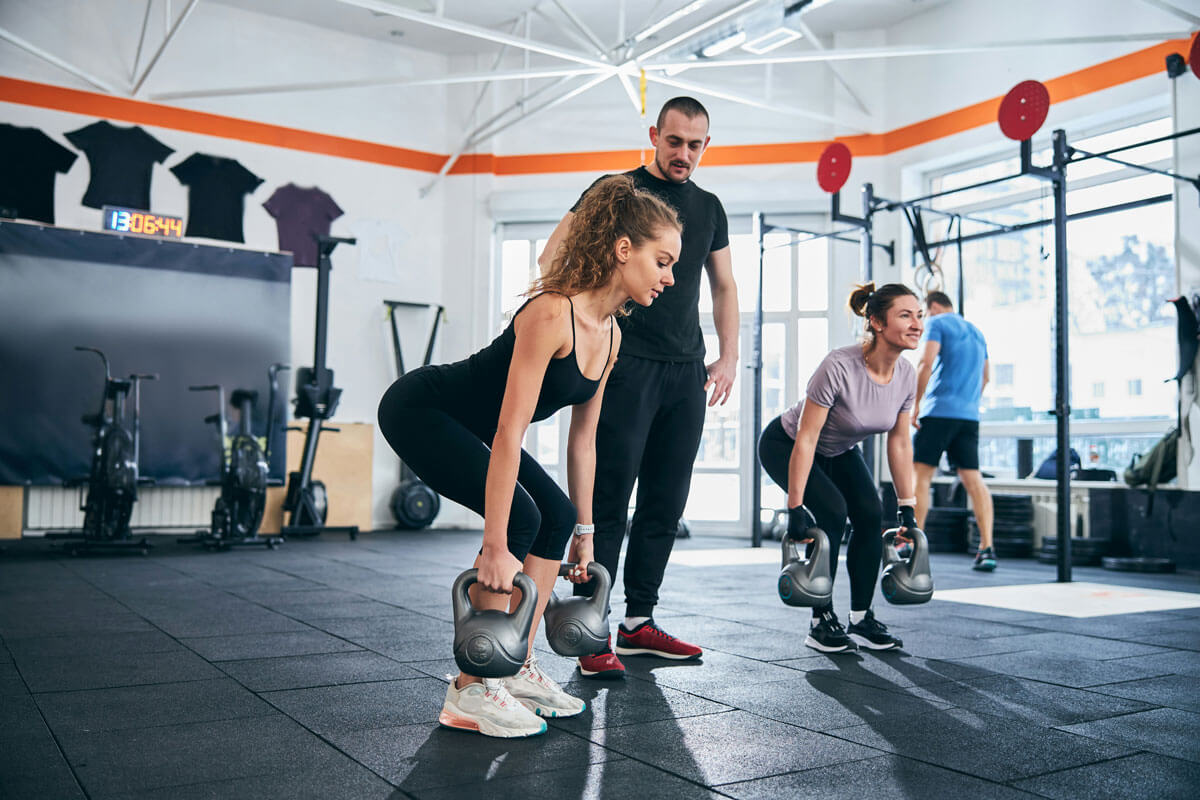
If you’re a runner, balance out that cardio with some functional fitness bodyweight exercises like squats and lunges, which activate larger muscle groups to enhance balance and coordination. You can also throw some resistance bands into the mix to both strengthen your muscles and increase mobility.
Although functional exercises can be challenging, you want to avoid pushing yourself with these movements like you would with powerlifting or other forms of isolated movements. The primary reason for this is that it’s simply not necessary.
Functional movements work many muscles simultaneously, which means that even when they feel “easy,” you’re still working muscle groups that you likely wouldn’t work outside of functional training. Slow and steady is the way to go with these movements—push yourself, but don’t ring yourself out.
Even HIIT (high-intensity interval training) workouts, which typically include functional movements, can be taken at your own pace.
Incorporating functional training into your routine two to three times a week is a great place to start, and you can build up intensity and frequency from there. After a few weeks, you should start to see and feel shifts in your athletic performance, which can clue you in to which exercises are giving you the most bang for your buck.
If you don’t know where to begin, working with a personal trainer is a great way to get yourself going. That said, there are plenty of free resources that you can find online.
Functional training starts with your goals
Traditional strength training exercises typically focus on specific muscle groups in your upper body or lower body, without addressing the needs of your whole body. Functional training, on the other hand, involves movement patterns that not only enhance body strength but also create full-body activation.
Regardless of your current fitness level, moving in ways that are functional to your body can improve your quality of life, and help you build the strength you need to accomplish your performance goals.
The key to finding the right functional movements for you starts with assessing what your ultimate goals are, and then building a workout routine that incorporates functional training specific to those goals.

 Published on Mar 15, 2024 by
Published on Mar 15, 2024 by 




